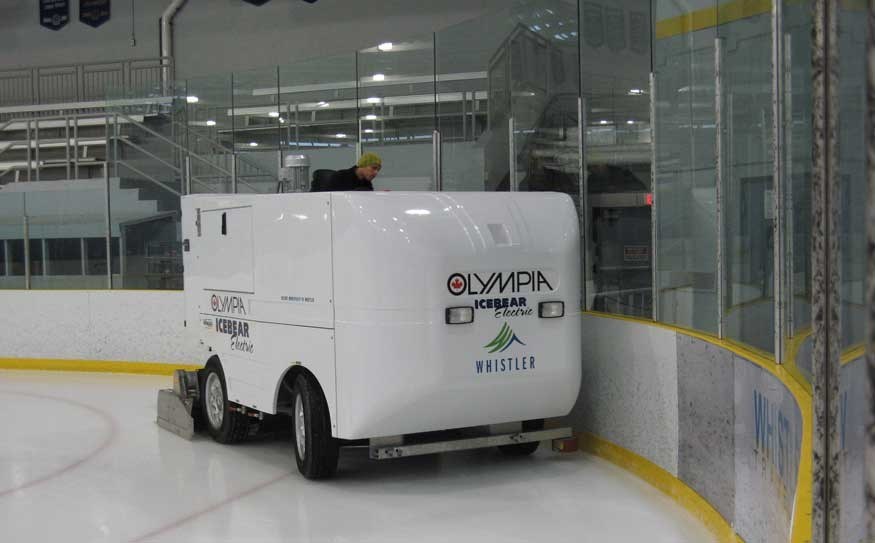The Resort Municipality of Whistler is spending almost $850,000 on new vehicles this year to replace some of its aging $10 million fleet.
That fleet includes 177 main pieces of equipment and 38 secondary pieces, ranging from mowers and line painters to snowmobiles and street cleaners, pick-up trucks and fire fighting equipment.
The fleet replacement information, presented to council at the Dec. 18 meeting, flows out of concerns raised by a community member questioning the need to replace the municipal fleet as often as Whistler does. It also comes as part of the overall look at costs in the hall.
"The cost associated with the fleet is significant on an annual basis," said Mayor Nancy Wilhelm-Morden at the end of the meeting. "It's something that we need to look at periodically."
In his presentation to council, Michael Day, manager of environmental operations, outlined the decision making at the hall around management of its large fleet. It's an industry-standard, in-depth evaluation that goes into the decisions.
"We tend to replace equipment at the optimum economic replacement point," explained Day.
That's the fancy term for the "sweet spot" — that point in time when the vehicle costs as little as it ever will, just before the costs to keep it running start to go up.
"It's not economic to sell a junker but you don't want to sell a vehicle while its costs are going down," said Day. "You're trying to hit that sweet spot."
He illustrated his point with two examples: a 2005 Ford Ranger and a 2006 F250 Crew Cab pick up.
The first is a seven-year-old vehicle used for light duty by a municipal supervisor. Its fuel consumption is reasonable and it's reliable. Maintenance costs over the next few years are expected to remain constant with no major services or repairs due. A decision has been made to defer replacement.
"Even though it's a seven-year-old vehicle, we're not going to replace it," said Day.
Twelve units, with an approximate replacement cost of $127,000 were deferred this year. Two other units were repurposed to secondary use.
The F250 is another story. It's six years old and has been causing problems since its second year.
"We expect this operating cost curve to increase much more sharply than we see here," said Day, referring to the graph.
"It made sense to go ahead and replace this on schedule."
Also replaced this year was the Meadow Park ice surfacer with a new electric machine.
Day's presentation sparked several questions from council members.
Councillor Jayson Faulkner asked if staff do different analyses of the brands of vehicles to see which have the best cost and performance ratio.
Day said Whistler is part of an organization that reviews things like that.
Councillor Roger McCarthy asked if the municipality tracked what he referred to as "avoidable damage."
There are logbooks for the vehicles that record issues like that.
And Councillor Duane Jackson asked if there was a review of the costs and benefits of leasing or renting equipment compared to buying it outright.
"In every case there's a huge price difference in owning it versus renting it or leasing it," said Day.
Renting a backhoe for three months of the year, for example, is far more expensive than buying it and parking it for nine months of the year.
After the meeting the mayor said: "I think that the right analysis is being conducted as far as replacement and maintenance and that kind of thing but if we stand back and look at the size of the fleet, maybe that's some place where we can reduce costs."




